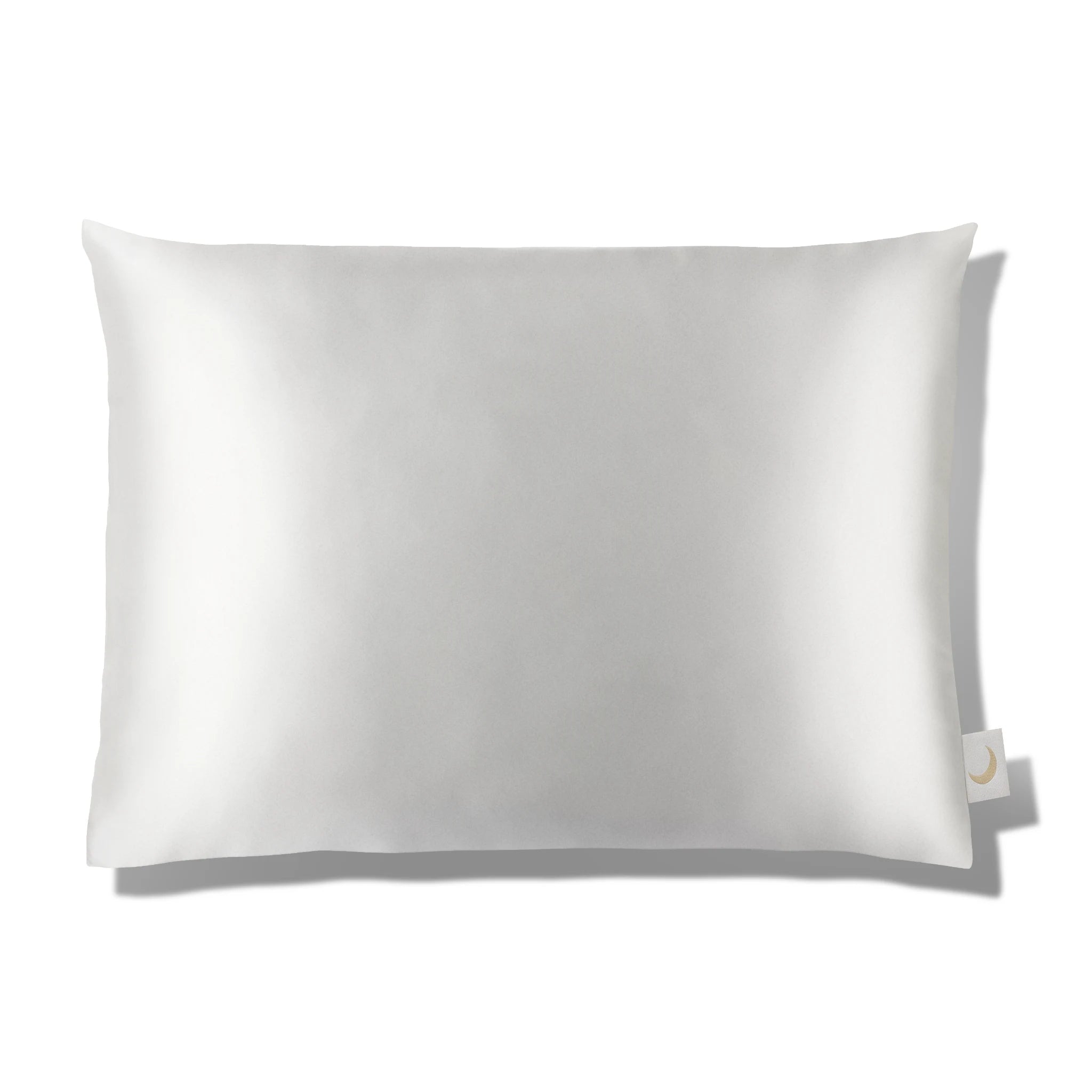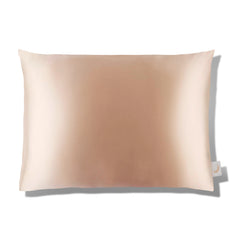Are you tired of constantly being distracted by the sounds around you? Do you struggle to stay focused and productive at work or school? Do you have trouble falling and staying asleep? It might be time to consider the power of pink, brown and white noise to help you stay focused and to help you sleep!
But why should you care about hearing these types of noise? Well, for starters, they can help you focus and increase your productivity. When you're constantly bombarded by distracting sounds, it can be hard to get anything done. But by using white noise to mask those sounds, you can create a more quiet and peaceful environment where you can focus on the task at hand.
White, brown, and pink noise can affect different brainwaves in the human brain.
Here's a breakdown of how each type of noise and frequency affects brainwaves:
-
White Noise:
Relaxing white noise is a random sound that contains all frequencies and is often used to block out background noise. Relaxing white noise is a mixture of sound frequencies that are perceived as having equal energy. It can help to mask other sounds, create a calming environment and help us sleep. White noise is known to affect the delta brainwaves, which are associated with deep sleep and relaxation. It can also have an impact on alpha brainwaves, which are associated with a wind-down relaxed, meditative state.
-
Brown Noise:
Brown noise, on the other hand, is a deeper sound that focuses on lower frequencies and is great for creating a soothing environment. Brown noise is a type of sound that is lower in pitch than white noise and has a 'darker' sound. It is often described as a low rumble or a deep humming sound. For example: thunder, strong waterfalls or a low roar. Brown noise is known to affect the delta brainwaves, similar to white noise, but it can also have an impact on the theta brainwaves, which are associated with deep relaxation, meditation, and creativity.
-
Pink Noise:
Pink noise is a mix of different frequencies: higher frequency and lower ones that is often used for relaxation and improved sleep. Pink noise is a type of sound that has more energy in the lower frequencies and less energy in the higher frequencies than white noise. It is often described as a 'shhh' sound, for example: a steady rainfall, heartbeats, and the sound of ocean waves. Pink noise is known to affect the brainwaves associated with deep sleep and relaxation, including the delta and theta brainwaves, but it can also have an impact on the alpha brainwaves, which are associated with relaxation and meditation.
Is it good to sleep with white noise?
Overall, these types of pink, brown and white noise can have a calming effect on the brain and can help to promote relaxation, sleep quality, and focus by influencing the brainwaves associated with these states. But it's not just about productivity during wake times and relaxation during the sleep stages. Pink, brown and white noise can also have a positive impact on our overall well-being. By creating a calm and peaceful environment, these sounds can help reduce stress and anxiety, improve mood, and boost creativity.
Fall asleep with white noise - the white noise machine you didn't know you already had
How to start incorporating these sounds into our life from a relaxed day time to a a good night's sleep? There are plenty of apps, websites, videos and youtube channels that offer brown, pink and white noise tracks to listen to. There are white noise machines to purchase. Also random household electronics, such as a fan, can create our own soothing soundscape.
The build-in iPhone feature: relaxing white noise for travelling and falling asleep
Our iphone from iOS15 on has a build-in white noise machine called 'Background sounds'. Here's how to activate it:
-
Go to Settings
-
Choose Accessibility
-
Go to Audio/Visuals
-
Choose Background sounds
-
Pro tip: to add them to your Shortcuts go to Accessibility Shortcut and select Background Sounds. You may add the white noise to your custum Shortcuts with double or triple back tap to access it easily on the go.
Choose a background sound from nature sounds and other sound options:
-
Bright noise
-
Dark noise
-
Ocean
-
Rain
-
Stream
Choose your volume control and choose if you want to either use the background sound when other media is playing or if you want the white noise to stop playing when the phone is locked.
Set your sleep timer as sleep aid
Set a sleep timer on your iPhone by following these steps:
-
Open the 'Clock' app on your iPhone.
-
Tap on the 'Timer' tab at the bottom of the screen.
-
Set the desired length of time for the white noise to play.
-
Tap on 'When Timer Ends'.
-
Scroll down and select 'Stop Playing' under the 'Media' section.
-
Tap on 'Set' in the top-right corner.
-
Tap on the 'Start' button to begin the timer.
-
Once the timer is finished, the white noise will stop playing automatically.
Note: If you don't have any white noise tracks saved on your phone, you can download a white noise app from the App Store as a sleep aid. Check reviews for great sound quality. There are many free and paid white noise apps to listen to that offer a variety of different white noise sounds and settings.
Relaxing White Noise Sleep - Unlock the Power of Sound
There have been numerous scientific studies and further research conducted on the effects of brown, pink and white noise on the human brain and body.
There are five types of brain waves: delta, theta, alpha, beta, and gamma. Each type of brain wave is associated with a different state of consciousness and has a specific frequency range. When we are awake, our brain produces beta waves, which have a frequency range of 12-30 Hz. As we start to relax, our brain waves slow down and shift to the alpha range, which is 8-12 Hz. When we are in a deep sleep, our brain produces delta waves, which have a frequency range of 0.5-4 Hz. Theta waves, which have a frequency range of 4-8 Hz, are associated with meditation and creative thinking. White noise has been shown to have a significant impact on our brain waves. White noise increased the power of alpha brain waves and decreased the power of delta brain waves during non-rapid eye movement (NREM) sleep.
Here are some key findings:
-
Sleep Quality
Studies have shown that pink noise can improve sleep and the quality of sleep by helping to regulate brain waves and reduce waking during the night. One study published in the Journal of Theoretical Biology found that pink noise improved the memory consolidation of individuals during sleep.
-
Reduced Stress and Anxiety
Research has found that listening to white noise can decrease cortisol levels, a hormone associated with stress. Another study published in the Journal of Sound and Vibration found that pink noise helped to reduce anxiety levels in participants.
-
Increased Focus
White noise has been shown to increase focus and concentration in individuals performing cognitive tasks. One study published in the International Journal of Audiology found that white noise improved performance in a word recall task.
-
Tinnitus Relief
Brown noise has been used to provide relief to individuals who suffer from tinnitus, or ringing in the ears. A study published in the Journal of the American Academy of Audiology found that brown noise provided relief to tinnitus sufferers and improved their ability to concentrate.
-
Improved Mood
Research has found that listening to pink noise can improve mood and even decrease symptoms of depression. A study published in the Journal of Neural Engineering found that pink noise helped to increase brain activity in areas associated with positive emotions.
Overall, scientific studies suggest that white noise helps increase the power of alpha brain waves and improved the synchronization of neural activity in the brain, resulting in better memory performance. Relaxing white noise, brown, and pink noise can have a positive impact on sleep, stress and anxiety levels, focus, tinnitus relief, and mood.
The underlying mechanisms of how white noise influences our brain waves are still not fully understood. However, it is believed that white noise acts as a form of sensory stimulation, which can alter the activity of neurons in the brain. The sound of white noise is thought to be processed by the auditory cortex, which can then influence other regions of the brain.
White noise sleep - conclusion
In conclusion, don't underestimate the power of white, brown, and pink noise. These sounds might seem simple, but they have the potential to improve your focus, sleep, and overall well-being. So, the next time you need to buckle down and get some work done, consider turning on some white noise and other noises and see how it can help you stay on task.
Sources: the impact of white noise on sleep quality
Mok, E., & Wong, K. Y. (2009). The effect of white noise on sleep in subjects exposed to ICU noise. Journal of clinical nursing, 18(5), 728-734.
Yang, M. L., Ho, S. F., & Wang, K. Y. (2012). The effect of white noise on sleep in individuals with insomnia. Journal of nursing research: JNR, 20(2), 120-128.
Smith, C., & Ellsworth, C. (1999). White noise and sleep induction. Sleep, 22(3), 388-393.



















